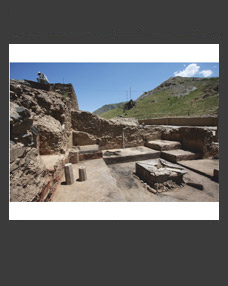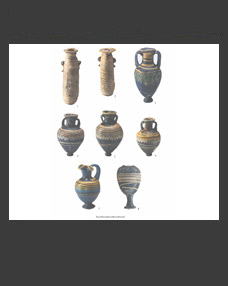Sergey I. Andreev
G.R. Derzhavin Tambov State University, Tambov, Russia
E-mail: ioptambov@mail.ru
Keywords: Tambov Region, medieval sites, the Tsna Mordvins, cemetery, funeral rite.
The article is focused on the results of studying of a ground cemetery in the outskirts of the village of Bokino (Tambov Region). 42 burials were identified: 19 female (of which four were children’s), 21 male (one children’s among them) ones; at least two more female burials had been destroyed. Among those burials, 35 had a southeast orientation, three were oriented strictly south, one – southwest. Men were buried stretched on their backs; the position of their hands is different: they are crossed on the stomach, extended along the body, or one laying on the stomach, the other along the body. Women were inhumated on the right side, there is only one case of the body on the left one; legs were tightened, arms bent so that palms were placed in front of the face. Individual skulls were also identified. Mapping of burials suggests the presence of family areas at the cemetery. Based on the analogy of the funeral rite peculiarities and the types of various inventory, it can be argued that the cemetery belonged to the Mordvin Moksha, who lived in the immediate vicinity of that location in the second half of the 13th–the third quarter of the 14th century. The Bokino cemetery is the only site of this kind in the territory of Tambov Region. The reason for the appearance of the Mordvinian population in the upper Tsna region, who did not have a genetic connection with the preceding population, remains unclear. At present, two sites of the same period have been studied in the region at which Russians and Mordvins lived together, with the former significantly outnumbering. The departure of the population from the region is associated with the end of stability period in the Horde in the late 14th century.
DOI: 10.31857/S086960630009079-5







